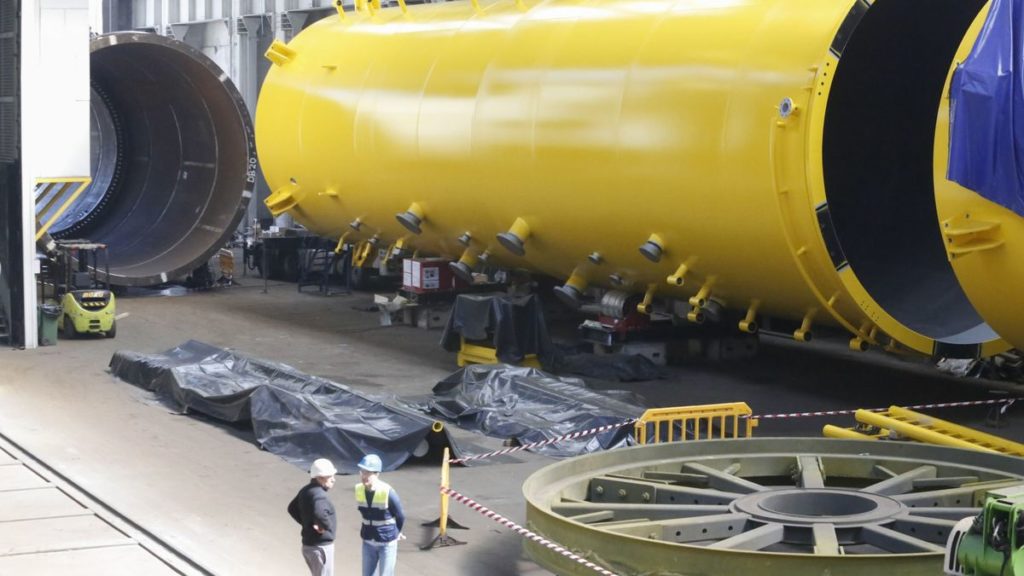Naturgy y Enagás han desarrollado un proyecto para producir hidrógeno verde desde un parque eólico marino flotante de 250 MW y otro terrestre de 100 MW en Asturias. El proyecto figura como candidato a proyecto de interés común europeo (IPCEI) y permite la generación de ese hidrógeno verde aprovechando recursos energéticos autóctonos.
El proyecto contempla el desarrollo de una planta de electrólisis y energía renovable, para lo que se plantea la construcción tanto de una planta eólica terrestre como de una planta eólica marina en la costa asturiana. Esta última será construida con tecnología flotante desarrollada por la UTE formada por Navantia y la compañía avilesina Windar.
Este proyecto podrá generar más de 1.500 empleos en total en las fases de construcción y operación y, gracias a la producción eléctrica renovable estimada, se prevé un ahorro inicial de emisiones de más de 200.000 toneladas de CO2 al año.

El primer despliegue de la tecnología se realizará en una escala a nivel demostrativo, con una potencia de 50 MW de energía eólica marina y 100 MW de eólica “on-shore”, un electrolizador “off-shore” de 5 MW y otro “on-shore” de 100 MW. En una segunda fase, el proyecto podría ampliarse hasta los 250 MW de eólica marítima, con un electrolizador adicional en tierra de 100 MW.
El proyecto permitirá adquirir experiencia en la integración a gran escala de la electrólisis y la energía renovable, tanto “on-shore” como “off-shore”, así como avanzar en la senda de reducción de los costes de producción del hidrógeno verde, explicaron los promotores.


